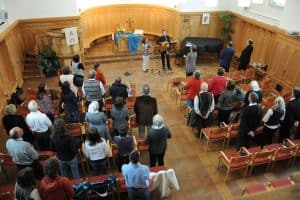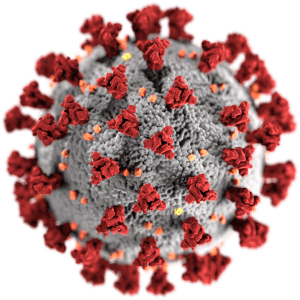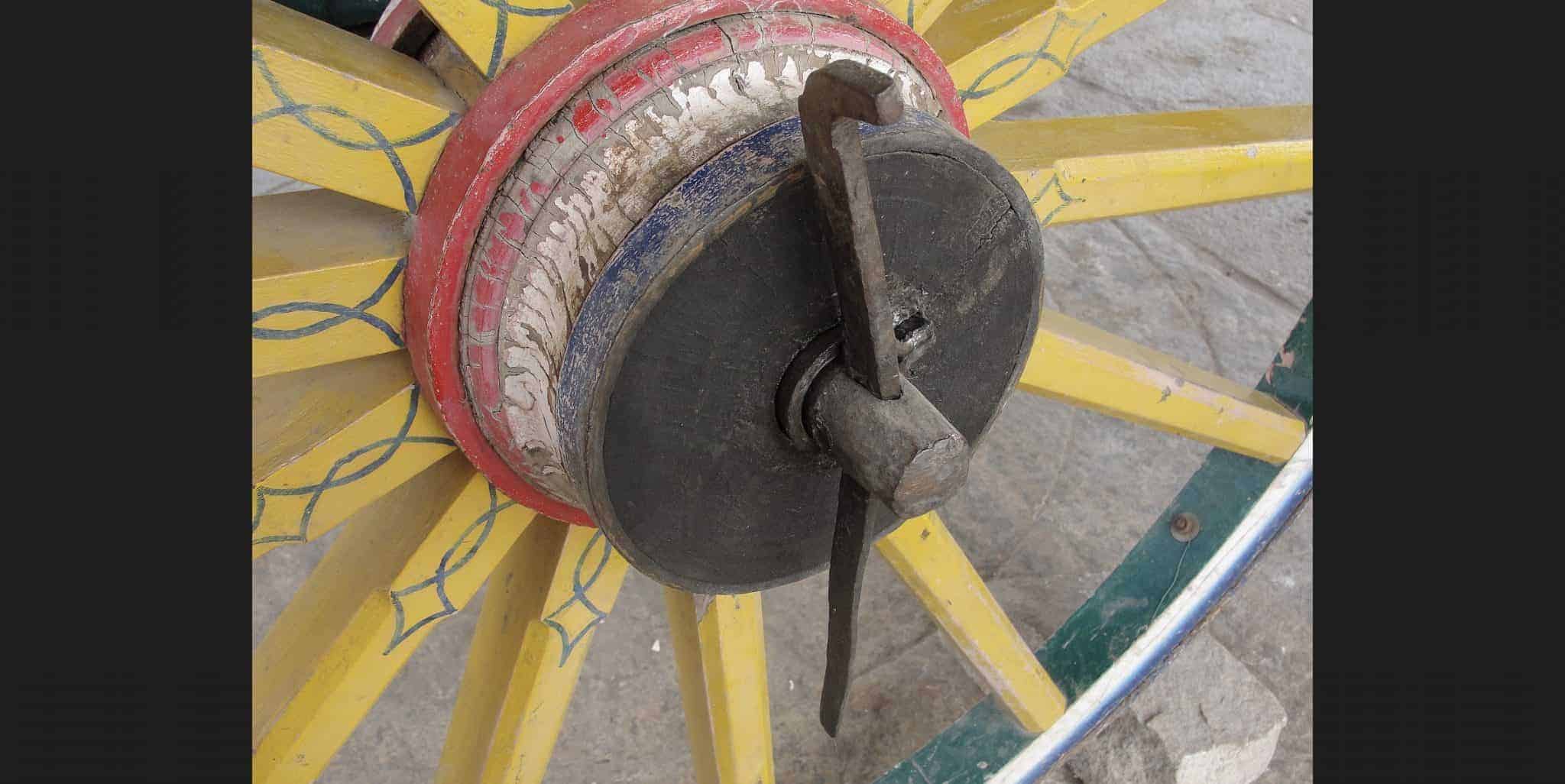guest post by Sam Jones, Pastor, Faith Baptist Church, Hudson, Iowa
Linchpin:
-
-
- A pin inserted through the end of an axletree to keep the wheel on;
- Something that holds the various elements of a complicated structure together
-
As you can imagine, a linchpin is very important. If it is absent, a wheel likely will fall off, causing an entire machine to come to ruin—all for lack of a simple and small component.
This is true in the figurative sense as well. Sometimes something small and simple is absolutely vital to the whole. A linchpin keeps the more complicated and often more prominent pieces together and working in unison, making it possible for the entire item or device to function properly.
In our current political climate, I believe we are seeing many elites push on what I would call the “linchpin” right that holds the First and Second Amendments together. Being active in the pro-gun conservative world, I couldn’t tell you how many times I have heard the phrase “The Second Amendment is there to protect the First!” I wholeheartedly agree with this sentiment. After all, how else could we effectively defend our rights to free speech and religious liberty against those who would use force to implement a gag-order or try to impose state-mandated religion?
At issue is the fact that the Second Amendment doesn’t simply state that we have the right to individually bear arms. A single person owning guns can’t do much to effectively oppose a tyrannical government. Ultimately, we must remember that the Bill of Rights was not put in place to limit the people of the United States; it was approved and adopted to curtail the power of the government. What is this “linchpin” right that holds together the prominent parts of the First and Second Amendments? It is the right of the people to peaceably assemble.

We must remember that the Bill of Rights was not put in place to limit the people of the United States; it was approved and adopted to curtail the power of the government. What is this “linchpin” right that holds together the prominent parts of the First and Second Amendments? It is the right of the people to peaceably assemble.
Let’s examine the right of the people to peaceably assemble in its context. This right is one of the rights guaranteed by the First Amendment to the US Constitution.
Congress shall make no law respecting an establishment of religion, or prohibiting the free exercise thereof; or abridging the freedom of speech, or of the press; or the right of the people peaceably to assemble, and to petition the government for a redress of grievances.
Understanding the parts leads to an understanding of the whole
First, let’s address the phrase “Congress shall make no law…” Understanding this phrase is key to understanding the Constitution and the First Amendment. The reason only Congress is mentioned here actually is very simple: The Constitution gives Congress alone the power to make laws.
The next few phrases are perhaps the most well-known. These are the rights you probably recall when you think of the First Amendment. We see here exactly what we expect to see—
-
-
- freedom of religion (both in equality and in exercise) and
- freedom of speech. Tagged on (but equally important) is
- freedom of the press. No doubt freedom of the press is an important element that stands supportive of a citizens right to free speech!
-
The rights to peaceably assemble and to petition the government for redress of grievances are the fourth and fifth rights upheld.
An Inseparable Link
Notice carefully how the words or and and are used in this amendment: “Congress shall make no law respecting an establishment of religion, or prohibiting the free exercise thereof; or abridging the freedom of speech, or of the press; or the right of the people peaceably to assemble, and to petition the government for a redress of grievances.” It is clear that “the right of the people peaceably to assemble” and their right “to petition the government for a redress of grievances” aren’t elements that stand apart, but rights that are inseparably linked together.
It is in these last two rights named that we see the “linchpin” between the First and Second Amendments. A major part of our right to assemble is based upon our ability—indeed, our right—to disagree with the government! Disagreement here refers not merely to having an opinion different from that of the government, but being able to express that opinion and being able to work to influence change in appropriate and meaningful ways.

In the midst of the coronavirus pandemic, we have civil authorities dictating to us that we cannot gather together to peaceably assemble. In the name of maintaining our safety (a worthwhile goal, of course), our leaders are convinced they know what is best, and in some cases they aren’t hesitating to use force to make us comply. Yet, at the same time, they are eliminating any opportunity for debate or for individuals and groups to assemble and challenge – “to petition the government for a redress of grievances” – them in any significant way.
Essential Rights For Both Ordinary and Critical Times
This may seem like a small matter, but in a government that is supposed to be “of the people, by the people, for the people”; it is more than significant. The purpose of the Bill of Rights is to limit the government, so the First Amendment preserves the right of the people to peaceably assemble, in order that they might be able to challenge government effectively and with authority, pushing back in appropriate ways, yet in ways that can make a difference. Today, both the right to assemble and the right to petition government for a redress of grievances have been curtailed in the name of safety, and even with an attitude of “we know better than you.” Many have argued that in times of crisis the Bill of Rights, including the right to peaceably assemble, can be set aside. Our Founders understood that these rights were critical during a crisis, even especially critical during a crisis. They offered no exceptions in the Constitution for suspending the limitations on government the Bill of Rights imposes!
Today, both the right to assemble and the right to petition government for a redress of grievances have been curtailed in the name of safety, and even with an attitude of “we know better than you.”




Be First to Comment